The winds of change are blowing in Facebook advertising, as soon as we can expect changes in the measurement of advertising. In the autumn, Facebook announced that it would switch to a 7-day attribution model by default instead of the previous attribution model of up to 28 days. The change was originally due to enter into force as early as 12 October 2020, but less surprisingly (after all, a shift to campaign-level budgeting (CBO) was already cancelled earlier this year), the change was not implemented.
Briefly explained, attribution model helps to understand the customer’s entire conversion path, i.e. all the meeting points and channels along the customer’s . In practice, attribution modelling can be used to create a more holistic picture of the customer’s conversion path, i.e. the path the customer takes towards the purchase or other desired action (=conversion).
The attribution model determines how much value is given to each channel and meeting point on the conversion path. The meeting points may be viewing a product in an online store, downloading a guide, or finishing reading a blog post. Channels may include paid social media advertising, search for advertising or LinkedIn advertising.
Although the change was cancelled at the last minute, the change to the default 7-day attribute model is expected to take effect from the beginning of 2021. What does this change mean for a company advertising on Facebook and Instagram? On this blog, you can read everything you should know about the change at the moment, and how you can start preparing for the upcoming change.
Attribution modeling on Facebook
We have told about different attribution models on our blog before. Learn more about how to use attribution models to provide a more holistic picture of the impact of different channels on the customer’s conversion path, and how different attribute models can help you learn more about how to allocate your marketing budget.
The attribution model therefore refers to the emphasis placed on the pre-conversion steps in the purchase process, and which channel will eventually be credited with the conversion. There are many different models for measuring attribution, and in addition, different platforms and tools measure attribution in different ways.
On Facebook, the default attribute model has been one day from the ad screen and 28 days from clicking on the ad. That is, in practice, Facebook reports all conversions that take place 28 days after the ad click and one of the day’s ad screens. Now that 28-day click time window will be shortened to just 7 days, meaning the default attribute model will be one day from the ad screen and 7 days from the ad click.
In terms of advertising display and optimization, this change has no effect, as ad distribution is optimized through the conversion window (if any, a conversion campaign) that has had a maximum duration of 7 days up to now (and will continue to be). This means that the effectiveness of Facebook advertising in light of the results does not necessarily decrease, but it is worth paying attention to different issues in the future. What does shortening the time window affect? More on that next.
Why the change to the 7-day attribution model?
Privacy and third-party cookies have been under a magnifying glass, for example, since the GDPR came into force for a couple of years. The reason for the change is probably that Facebook assumes and anticipates that in the future, measuring over a 28-day period will become more difficult or even impossible. Therefore, a 7-day period is a safer choice.
With its change, Facebook is responding to changed cookie settings and, among other things, the proliferation of adblocker programs, which may make it more fruitful to view data from 7 days ago instead of 28 days.
According to Facebook’s own official newsletter, many browsers will be affected by future initiatives and restrictions on “digital privacy” and privacy. Thus, they also have a significant impact on how a company can measure people’s activities on sites between different browsers and devices in the future. Among those limitations will be that it will no longer be possible to attribute a conversion to a particular ad on a particular channel with longer attribution windows.
The change therefore involves fundamentally different ad-blockers in browsers and the deletion of browser history cookies even on a daily basis. Therefore, we can assume that the change is also driven by a logical “response” to changed cookie policies. Sites have long informed about the use of cookies but only a very small number of Finnish websites were given the opportunity to refuse them.
What does the change to the 28-day attribution model mean for a person advertising on Facebook?
This transition to a 28-day attribution model will not bring any major changes to to the advertiser. As before, you can create and optimize campaigns.
The biggest and most significant change will be that the conversions to be measured, i.e. the targets, are likely to decrease somewhat.
If you have an e-commerce business, then the number of purchases will naturally decrease if you have previously reviewed the results over a 28-day time period instead of the new 7 days.
Facebook’s difference in the way conversion is marked, for example, compared to Google Analytics is that Facebook analytics always marks a conversion for the last ad interaction day (whether it’s a screen or click conversion), while Google Analytics marks the conversion on the day the conversion actually takes place.
For example: If a person clicks on a Facebook ad in your online store to view the products and add them to the cart on October 22nd, but doesn’t end up buying until October 30th, then this purchase, according to Facebook analytics, already took place on October 22, rather than October 30. Under the new attribution model, if this purchase transaction is not within the time window of the new 7-day attribution model, but within the current 28-day time window, the conversion would be put to your previous results in Facebook reporting.
How much this change will ultimately affect your company’s results and reporting will depend on both the length of your customers’ purchase process and your advertising tactics. If you have an online store that mainly sells products suitable for impulse buying or really affordable products, the impact is likely to be quite minimal in reporting results. If, on the other hand, you sell relatively expensive or complex products or services with a long cooling-off period and a purchase process, your results could drop a lot for the “toughest” conversion, such as contacts and requests for quotes.
Other material changes for advertisers include the impact on automatic rules. If your company has rules based on the current 28-day attribution model, they should be changed no later than when the change takes effect. In particular, you should consider all automatic rules regarding budget consumption and scaling.
How can you prepare for future change?
The most important way you can prepare for future change is to search for results in your ad account using different attribution models. Compare a 28-day period with a 7-day period: what do the results look like? By doing so, you will at least get some idea of what your results might look like in the future and whether the differences will be significant. It is also a good idea to recover all historical data from your ad account with a 28-day attribution model before the turn of the year, if you feel it is necessary.
You can also start testing the use of shortened attribution models when viewing the results of new campaigns. This allows you to find the most workable solution for yourself even before this change becomes more widely used.
Summary
The change to the 7-day attribution model will enter into force from the beginning of next year. Since the change did not take place at the agreed time already this year, your company still has a good time to prepare for the upcoming change based on the means and impacts presented in this blog.
In the future, we can expect more changes as privacy issues move forward. For the advertiser, changes that restrict the collection of data are, of course, the most painful. It makes it more difficult to monitor the results of advertising, which makes it more challenging to optimize advertising when we don’t know which ad, content or targeting actually works best.
With the changes, you just have to learn to live and come up with “detours” to ensure that advertising is measured and the results are correct.


